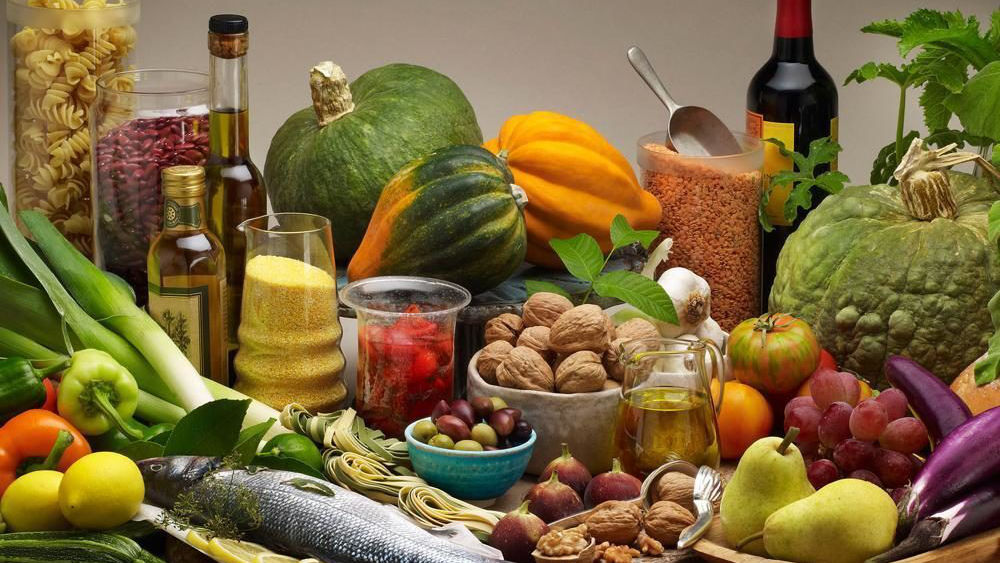From our association, we work to ensure that all these recipes and traditions are not lost. On November 16, 2010, the Mediterranean diet was declared Intangible Cultural Heritage of Humanity. The Mediterranean Diet is a social practice based on a set of skills, knowledge, and traditions that range from the landscape to the table. This practice is found in countries around the Mediterranean basin and is associated with cultivation, harvesting, gathering, fishing, preservation, processing, cooking, and, especially, the way of consumption.
The Mediterranean Diet is not just a way of eating but also a way of life, associated with the rhythm of a seasonal calendar and a specific climate.

Villaharta
The dishes that stand out in the municipality of Villaharta today are fried suckling pig, breadcrumbs, and battered cod.
Traditional cuisine is known for stews made with vegetables from the gardens: ratatouille, boronía, etc. The making of “tortillitas de San José,” a dish that can be served alone or accompanying any broth-based stew, is very popular. Breadcrumbs are prepared with cracklings, fried peppers, and cod.
The practice of hunting in this area results in the preparation of dishes such as partridge broth or stew. In addition, products from the pig (chorizo, rice pudding blood sausage, onion blood sausage, “pajarillas,” marinated ribs, etc.) are handmade in traditional slaughterings. Although these practices are now less common, some recipes are still maintained, such as “lomo de orza” (marinated pork loin).

